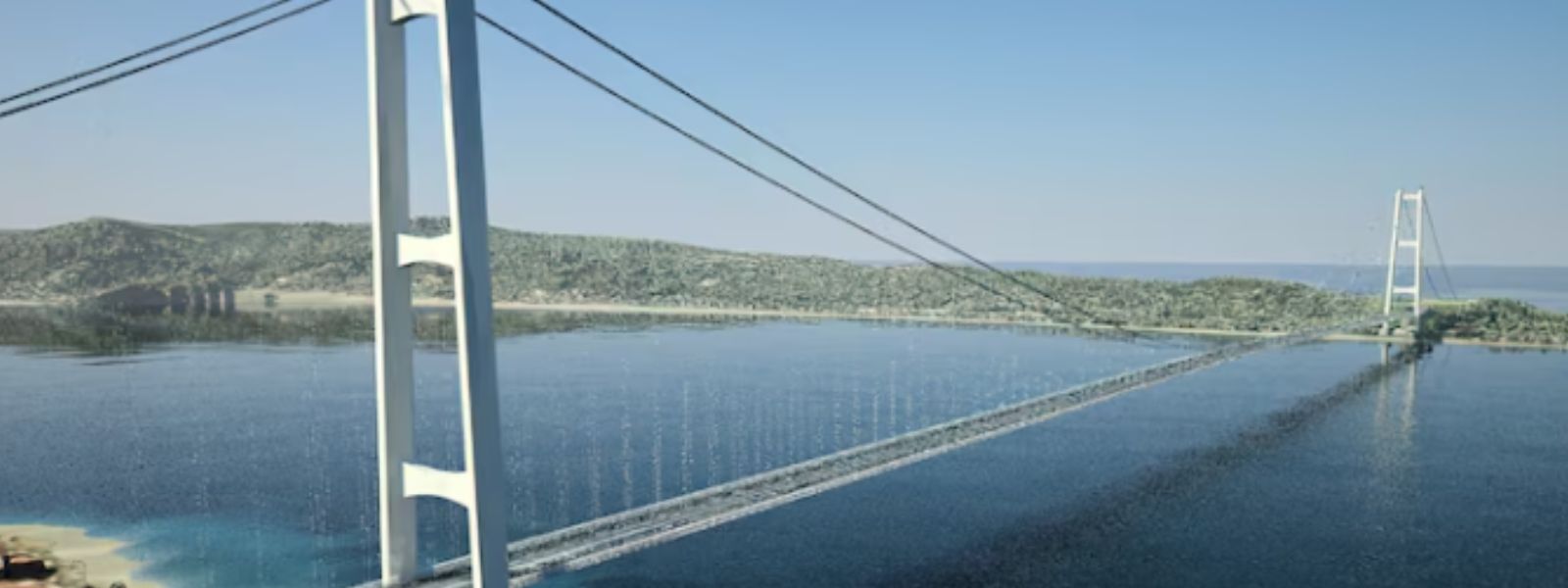.webp)

Italy To Build World's Longest Suspension Bridge
(ABC) Italy has cleared the way to build the world's largest suspension bridge, which would link the mainland with Sicily.
The 13.5 billion euro ($24.2 billion) infrastructure project has been long delayed by debates over its scale, earthquake threats, environmental impact, and the spectre of mafia interference.
The Strait of Messina Bridge will be "the biggest infrastructure project in the West," Transport Minister Matteo Salvini told a news conference in Rome.
Premier Giorgia Meloni said the bridge "will be an engineering symbol of global significance".
Salvini cited studies showing the project will create 120,000 jobs a year, and accelerate growth in economically lagging southern Italy, as billions more in investments are made in roads and other infrastructure projects accompanying the bridge.
Preliminary work could begin between late September and early October, once Italy's court of audit signs off, with construction expected to start next year.
Despite bureaucratic delays, the bridge is expected to be completed between 2032 and 2033, Salvini said.
The Strait of Messina Bridge has been approved and cancelled multiple times since the Italian government first solicited proposals in 1969.
The Meloni administration revived the project in 2023, and this marks the furthest stage the ambitious project — first envisioned by the Romans — has ever reached.
The bridge would measure nearly 3.7 kilometres, with the suspended span reaching 3.3 kilometres.
That would surpass Türkiye's Çanakkale Bridge, currently the longest, by 1,277 metres.
The Çanakkale Bridge was built in 2022, using an engineering design similar to the one devised for the Messina bridge.
The design includes a wing profile and a deck shape that resembles a fighter jet fuselage with openings to allow wind to pass through the structure, according to Webuild, the industrial group awarded the project.
With three car lanes in each direction flanked by a double-track railway, the bridge would have the capacity to carry 6,000 cars an hour and 200 trains a day — reducing the time to cross the strait by ferry from up to 100 minutes to 10 minutes by car.
Other Articles
Featured News





.png )

-818461_550x300.jpg)



-817765_550x300.jpg)







-812087_550x300.jpg)
-810262_550x300.jpg)
-809496_550x300.jpg)








.webp)






